calsfoundation@cals.org
Bauxite (Saline County)
| Latitude and Longitude: | 34º33’32″N 092º31’17″W |
| Elevation: | 344 feet |
| Area: | 3.04 square miles (2020 Census) |
| Population: | 629 (2020 Census) |
| Incorporation Date: | January 16, 1973 |
Historical Population as per the U.S. Census:
|
1810 |
1820 |
1830 |
1840 |
1850 |
1860 |
1870 |
1880 |
1890 |
1900 |
|
– |
– |
– |
– |
– |
– |
– |
– |
– |
– |
|
1910 |
1920 |
1930 |
1940 |
1950 |
1960 |
1970 |
1980 |
1990 |
2000 |
|
– |
– |
– |
– |
– |
– |
– |
433 |
412 |
432 |
|
2010 |
2020 |
||||||||
|
487 |
629 |
|
|
|
|
|
|
|
|
The story of Bauxite is largely the story of the bauxite mining industry. Bauxite, the ore from which the town derives its name, and which is a key component in the production of aluminum, was discovered in great abundance in this area of central Arkansas in 1887. The company that became Alcoa, which mined the ore, not only provided plants and mills but also provided a community for its workers to live in. As the company cared for its workers, the town was able to exceed all expectations and produce enough ore to supply the United States military during two world wars. With the end of World War II, however, the company found it more profitable to mine bauxite ore overseas, and the town nearly disappeared. Today, however, the former company town is growing as a bedroom community of Little Rock (Pulaski County), along with its neighbors Benton (Saline County) and Bryant (Saline County).
Post Reconstruction through the Gilded Age
Bauxite ore was first discovered in the United States near Hermitage, Georgia, in 1883; the largest deposits, however, were soon to be found in Arkansas. In 1887, road construction uncovered vast amounts of soft, gray rocks outside Little Rock. The state geologist, John C. Branner, publicly identified the rocks as containing bauxite ore in 1891. J. Ernest Smith and Robert S. Perry, two stockholders in the Southern Bauxite and Mining Company, bought large portions of the land in Saline County. Soon after, in 1895, the General Bauxite Company acquired the lands of the Southern Bauxite and Mining Company. Because of his knowledge of the mineral and the land, Perry was placed in charge of the General Bauxite Company, which mined and shipped the first ore in 1896. This area was known as Perrysmith until the name was changed to Bauxite in 1903 after the establishment of the first ore-drying plant.
In 1899, the Pittsburgh Reduction Company heard about Perry’s shipment of bauxite ore and sent John R. Gibbons and his son J. Felton Gibbons to Arkansas to learn more about the deposits there. After conducting various experiments, the two men concluded that the ore in Arkansas was of good quality, and they were instructed to buy as much of the remaining land as possible. In 1905, the Pittsburgh Reduction Company was able to buy out the General Bauxite Company, and in 1907, its name changed to the Aluminum Company of America (later shortened to Alcoa). Other companies such as the American Bauxite Company and the Republic Mining and Manufacturing Company were established in Bauxite, but they were subsidiaries of Alcoa.
Early Twentieth Century
No matter who owned the land, Bauxite was a company-run town from the beginning. According to historian Gordon Scott Bachus, the town of Bauxite was patterned after ideas in James Anthony Froude’s book Short Studies on Great Subjects, in which Froude advocated building adequate housing and recreational facilities for workers. This is exactly what “the company,” as Alcoa was called by local citizens, did for its workers. It provided for both the material and recreational needs of the community until it was largely self-sufficient. Over the course of its history in the town, the company built various churches, as well as a movie theater, general store, drug store, post office, barber shop, meat market, shoe shop, community hall, bank, hospital, and more. Perhaps the most important thing the company built was a school, parts of which are still used today. These services were reserved for workers and their families only. For example, employees paid a small amount into the hospital fund each month, but then the hospital would treat miners and their families at little to no additional cost.
With the outbreak of World War I came a higher demand for bauxite ore, which was used to make a variety of war supplies, the most important being aluminum. More workers were brought in to the mines, and this meant a need for more houses. The company built various housing settlements or camps for their employees, with names such as Alabama Town, Church Row, Italy, Mexico, and Africa. Like much of America at this time, the camps were segregated, so the inhabitants of Italy were Italian, those in Mexico were Mexican, and the ones in Africa were African American.
The company treated its employees well during the turbulent years of the Great Depression. A company farm produced vegetables that were given to employees. One resident remembered the huge turnip patch the company provided; it covered four acres, and the turnips were free. Rent for houses was greatly reduced and, in some cases, discontinued until the employee was able to increase his earnings. Water was furnished at no cost. In specific cases, no charge was made for electrical service.
World War II through Modern Era
The World War II era was the most important in the history of Bauxite. The U.S. government needed aluminum to build airplanes and various other supplies, so the chairman of the War Production Board, Donald Nelson, wrote to Alcoa requesting that it mine bauxite ore three shifts a day. After initial hesitation, the chairman of Alcoa, Arthur P. Davis, brought in thousands of miners from across the nation to run the mines nonstop. Prior to the war, the average annual bauxite production was 371,000 long tons; by 1943, the average annual bauxite production was over 6,000,000 long tons.
Many of the camps that had been abandoned in the slow years after World War I were now filled to capacity. As miners brought their families with them, the school increased in size as well. A new plant, Hurricane Creek Alumina Plant, was established in 1942, as was a new housing division at Pine Haven (Saline County). Existing residents often rented out garages or spare bedrooms to miners, and it was reported that in some houses, there was at least one worker sleeping at all hours of the day because of the odd hours of mining schedules.
In 1944, production began to slow as the end of the war drew near. Mining continued even during the postwar years because aluminum was still in demand. Internal problems such as unionization made it more difficult for Bauxite to continue as a company-run town, and Alcoa soon found it more profitable to mine bauxite ore in foreign nations such as British Guiana and Jamaica.
Those who remained in Bauxite were notified in 1967 that the company-owned town would be abolished as of July 1, 1969. The facilities were abandoned or sold. The remaining buildings were either left to rot or moved to Benton. Although production was slowed, mining operations did not cease; the company simply stopped supporting the town. Since the town had been run by the company, it never incorporated. There was no need; after all, the company built all the buildings, paid everyone’s salary, and performed all maintenance. After the company stopped doing this, the town nearly disappeared. However, it was able to incorporate on January 16, 1973, with West Bauxite. The Pine Haven Elementary School remained, as did the Bauxite High School and the community center. A police force and volunteer fire department were added later, and the post office received a new building.
The city of Bauxite had 487 inhabitants as of the 2010 census; the population increased to 629 by the next census. However, the school system had well over 1,000 students. Thanks to the substantial exodus from Little Rock (some of which can be described as white flight), Benton and Bryant have grown as “bedroom” communities in the twenty-first century. This growth has slowly spilled over to Bauxite, and houses are now under construction. The affairs of the school district are of the highest importance to the residents of the town, largely because of the precedent set by the company over a century ago.
Notable Figures and Attractions
The Bauxite Historical Association and Museum (BHAM) seeks to preserve the local history. The Pick and Shovel, a longtime local company newspaper, was picked back up as the BHAM’s official newsletter. On November 11, 2025, a marker commemorating the history of bauxite mining was placed on the grounds of the Bauxite museum, becoming the first of eleven markers designed to highlight various aspects of Arkansas’s history as part of the 250th anniversary of the United States of America.
Journalist Mike Trimble was born in Bauxite and wrote many stories about growing up there. Arkansas Sports Hall of Famer and football star Leon “Muscles” Campbell was born in Bauxite and is part of the Bauxite Hall of Fame on display at the museum. Joe Broadway was a local bank robber who exclusively targeted the branch bank of his hometown. Robert Marshall Utley was a leader in the field of public history. Structures in the area of historical significance include the Rucker House and the Old Benton-Sardis Road Bridge, both of which are listed on the National Register of Historical Places.
The Bauxite and Northern Railroad (B&N) is a short, three-mile railway built in 1906 by a subsidiary of Alcoa called the American Bauxite Company. In 2012, the Bauxite and Northern Railroad and its parent company at the time, RailAmerica, Inc., were purchased by Genesee & Wyoming Inc.
For additional information:
Bachus, Gordon Scott. “Background and Early History of a Company Town: Bauxite, Arkansas.” Arkansas Historical Quarterly 27 (Winter 1968): 330–357.
———. A Printed and Pictorial History of Bauxite. North Little Rock, AR: Heritage Publishing Co., 1968.
English, Ginger. Miner Memories. San Bernardino, CA: CreateSpace Independent Publishing, 2015.
Keltner, Robert W. “Tar Paper Shacks in Arcadia: Housing for Ethnic Minority Groups in the Company Town of Bauxite, Arkansas.” Arkansas Historical Quarterly 60 (Winter 2001): 341–359.
Miliam, Paul W. Aluminum: What the Industry Means to Arkansas. Fayetteville: University of Arkansas Bureau of Business and Government Research, 1954.
The Pick and Shovel. Bauxite, AR: Alcoa (1944–1958).
Laura Harrington
Ouachita Baptist University
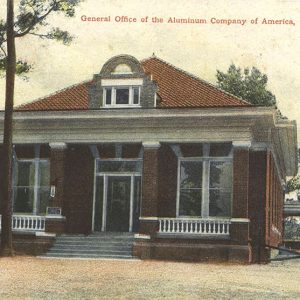 Aluminum Company of America
Aluminum Company of America 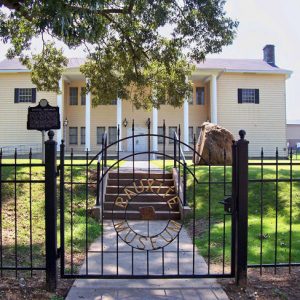 Bauxite Historical Museum
Bauxite Historical Museum 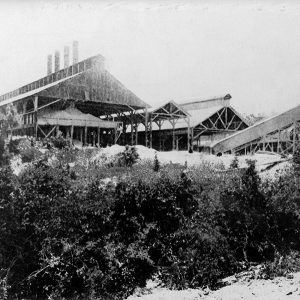 Bauxite Mill
Bauxite Mill 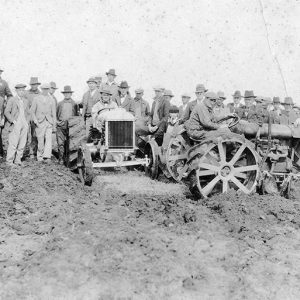 Bauxite Miners
Bauxite Miners 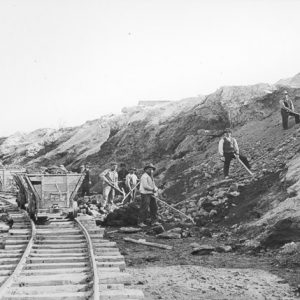 Bauxite Mining
Bauxite Mining 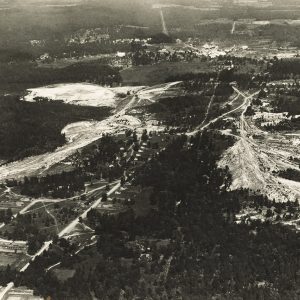 Bauxite Aerial View
Bauxite Aerial View  Bauxite News
Bauxite News  Bauxite Office
Bauxite Office 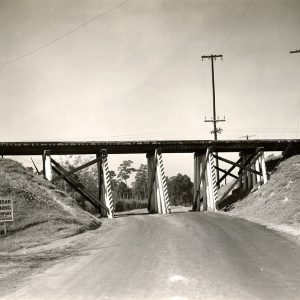 Bauxite Overpass
Bauxite Overpass 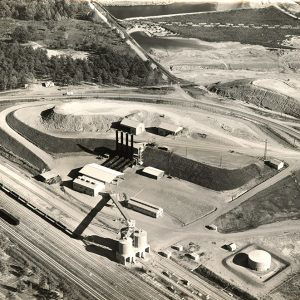 Bauxite Plant
Bauxite Plant  L. R. Branting
L. R. Branting 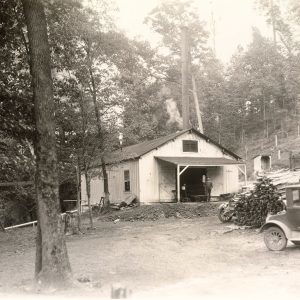 Mexico Camp in Bauxite
Mexico Camp in Bauxite 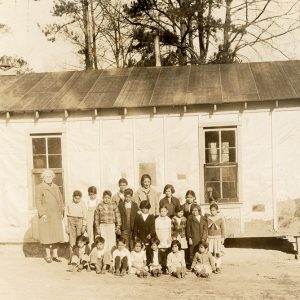 Mexico Camp School in Bauxite
Mexico Camp School in Bauxite 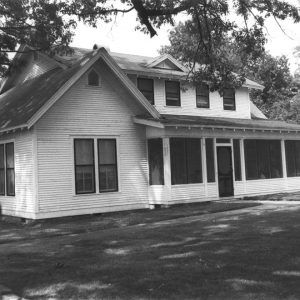 Rucker House
Rucker House 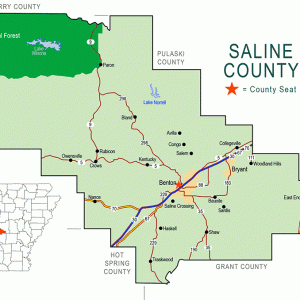 Saline County Map
Saline County Map 



Comments
No comments on this entry yet.